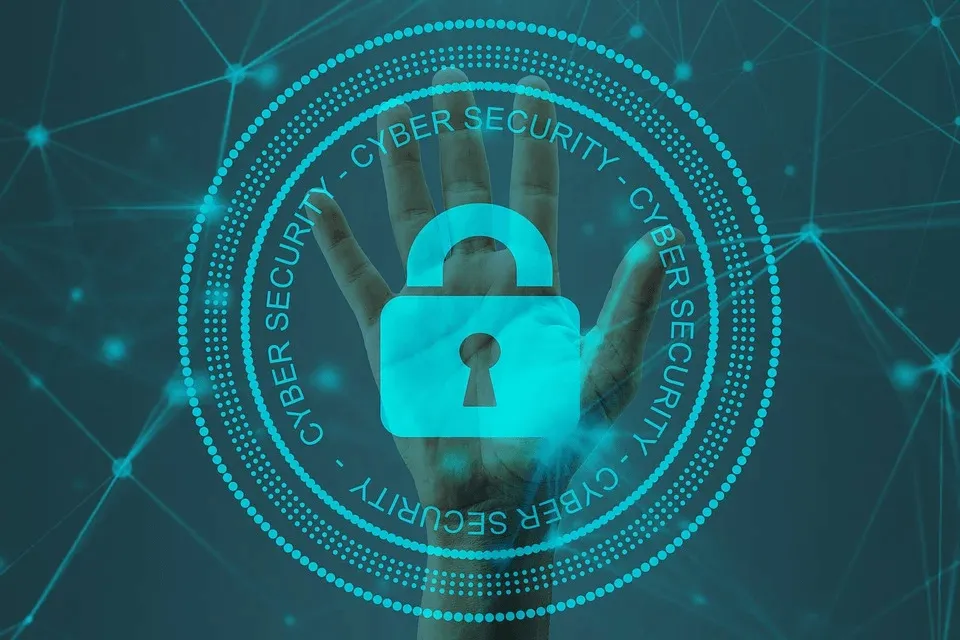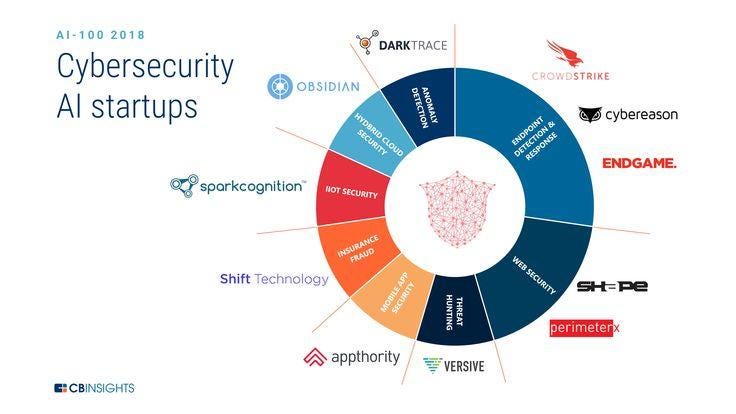In today's digital world, smartphones like iPhones have become an essential part of daily life, appealing to users of all generations. Whether it's the convenience of instant communication, access to the web for endless information, or keeping up with family on social media, the benefits are undeniable. Older generations, such as Baby Boomers, are increasingly using technology to stay connected with their children and grandchildren, pay bills, or even shop online. For younger generations like Gen Z (Zoomers), smartphones are practically an extension of themselves, with technology integrated into nearly every aspect of their lives.
However, the very appeal of smartphones and web browsing also introduces a challenge: the ease with which one can spend excessive time online. From checking emails to scrolling through Facebook, hours can slip away before you even realize it. For older generations especially, who might be new to these devices, balancing the usefulness of technology with the risk of over-reliance can be tricky.
Generational Differences in Tech Usage: Who Teaches Whom?
One of the most fascinating dynamics in today's tech-savvy society is how different generations interact with technology --- and, more specifically, how they learn from one another.
An exclusive survey conducted by ExpressVPN reveals some interesting insights into this tech knowledge gap. Younger generations, particularly Zoomers and Millennials, have grown up surrounded by technology. For them, smartphones, social media, and the internet are second nature. They often find themselves in the role of "tech teachers" for their parents or grandparents, guiding them through everything from setting up a smartphone to navigating social media platforms like Facebook or even learning how to secure their online privacy.
Older generations, like Baby Boomers (born between 1946 and 1964), often rely on their children or grandchildren to introduce them to new technology. In fact, the survey found that 60% of Baby Boomers look to their younger family members for tech advice. This trend is particularly strong among Young Baby Boomers, who are more tech-savvy than their older counterparts but still turn to younger generations for guidance on using apps, managing smartphones, and staying updated on new devices.
However, it's not always the younger generation leading the charge. Some older Baby Boomers have embraced technology with surprising zeal, diving into the digital world with curiosity and enthusiasm. These older adults are increasingly attending tech workshops, reading online tutorials, and staying engaged with digital trends on their own. They understand that being tech-literate is not just a convenience --- it's becoming essential in today's world, from banking online to managing healthcare apps. In this way, the relationship can be reciprocal, with older generations imparting wisdom on how to use technology meaningfully and not just as a time-filler.
Cybersecurity Risks Facing Older Generations
As older adults navigate the digital world, they also face a unique set of cyber threats. According to the same exclusive survey, Baby Boomers are more vulnerable to cyberattacks, largely because they may not be as familiar with modern online threats. Phishing scams, malware, and identity theft are just some of the risks they face, and unfortunately, cybercriminals often target older users who might not be as adept at spotting the warning signs.
One common threat is phishing emails. These emails are designed to look legitimate --- whether they're posing as a bank or an online retailer --- and attempt to trick the recipient into providing sensitive information like credit card numbers or passwords. While younger generations might be more suspicious of these emails due to their frequent exposure to internet scams, older generations may not be as familiar with these tactics, making them prime targets for cybercriminals.
Ransomware attacks are another significant threat, where a user's device is locked down and only released after a payment is made. Older adults, who may not back up their devices regularly, could lose important data, making them more likely to pay the ransom.
Social media also poses risks. With older adults flocking to platforms like Facebook to stay connected with family, they can be vulnerable to social engineering attacks. These scams rely on building trust, often impersonating a family member or friend, to trick the target into sending money or personal information.
The survey found that while 80% of Baby Boomers feel confident using basic technology, they often lack awareness of advanced security features like two-factor authentication, encrypted messaging, or VPNs (Virtual Private Networks), all of which could help protect them from such threats.
Choose Your Own Tech Path: Bridging the Gap Responsibly
It's clear that there's a generational divide when it comes to understanding and using technology, but it doesn't have to be a barrier. Whether you're a tech-savvy Zoomer or a Baby Boomer looking to learn more, there are endless opportunities to educate yourself and others.
If you're younger and fluent in digital trends, consider spending time teaching your parents or grandparents how to protect themselves online. Show them how to identify phishing scams, encourage them to use secure passwords, and introduce them to the importance of VPNs for privacy.
For older generations, it's important not to shy away from technology. Take advantage of the vast resources available online or seek guidance from younger family members. Becoming tech-savvy isn't just about convenience --- it's about staying secure and connected in a rapidly changing world.
In the end, technology is a tool, and it's up to each of us to decide how to use it. Whether you want to explore the latest smartphone or are simply looking to stay connected with loved ones while remaining safe online, take the time to learn and share what you know. This way, we can bridge the generational tech gap together --- safely and responsibly. So, let us invite you to reflect on your own relationship with technology and consider how you can better protect yourself and those around you from cyber threats. Ready to take the first step?



